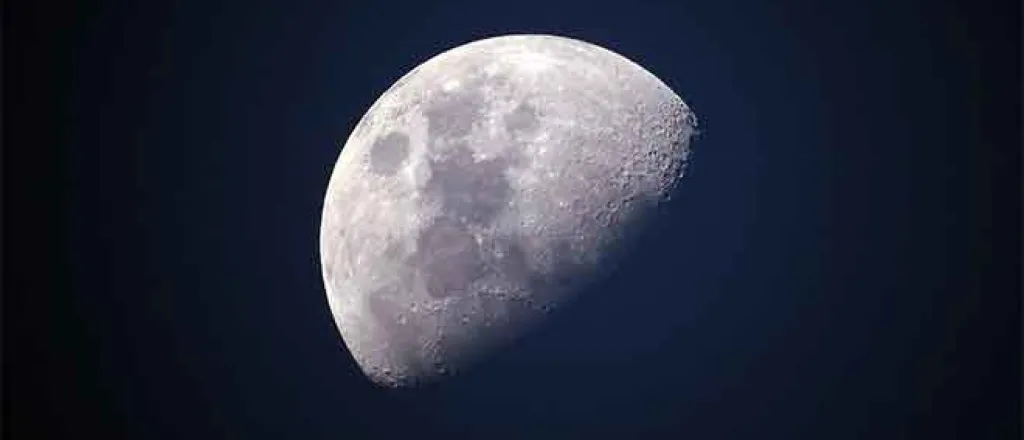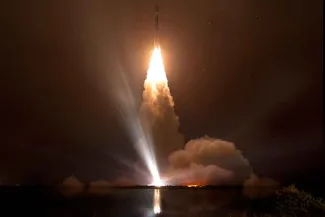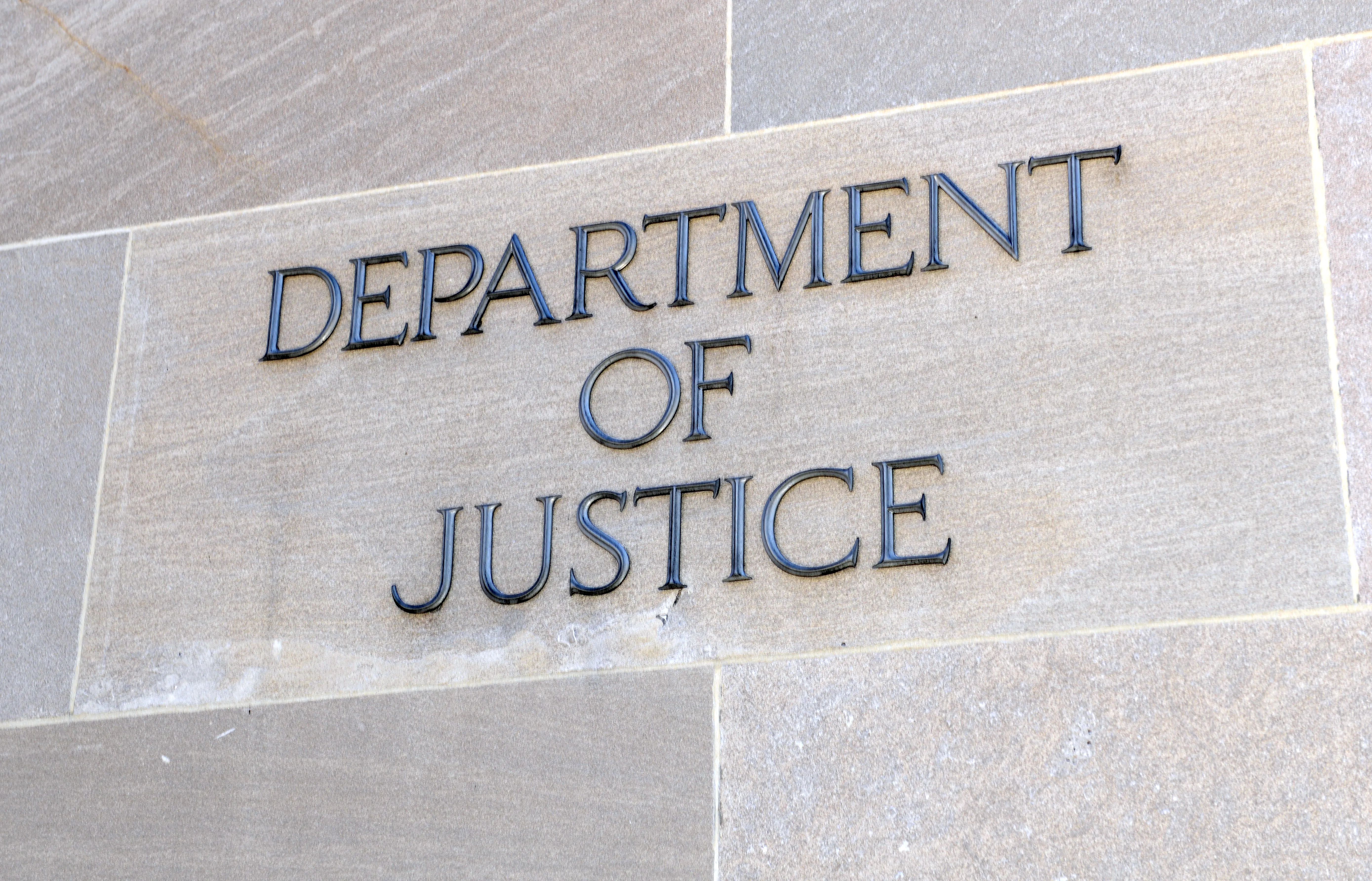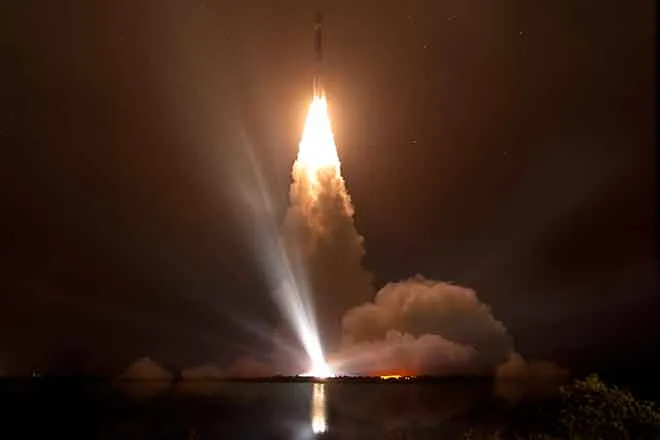
NASA's moon mission delay won't require new funding request
(The Center Square) – NASA won't seek new funding for the Artemis missions despite delays in its plan to return astronauts to the moon.
NASA announced this week that it will now target September 2025 for Artemis II, the first crewed Artemis mission around the Moon, and September 2026 for Artemis III, which is planned to land the first astronauts near the lunar South Pole. The Artemis III mission had previously been set for 2025.
Artemis IV, the first mission to the Gateway lunar space station, remains on track for 2028.

© iStock - Elen11
"With NASA's Artemis campaign, the agency is building the foundational systems to explore more of the Moon than ever before, learn how to live and work away from home, and prepare for future human exploration of the Red Planet," a spokesperson said. "The costs associated with the updated schedules for the Artemis II and Artemis III missions are within existing program budgets. The agency is not requesting any new funding as a result of the updated timelines for these missions."
In November 2023, the U.S. Government Accountability Office reported that NASA's timeline for the Artemis mission was "unrealistic." That report found NASA's return to the moon was unlikely to happen in 2025 as planned because of delays and challenges in building the lunar lander and space suits needed for the mission.
"The complexity of human spaceflight suggests that it is unrealistic to expect the program to complete development more than a year faster than the average for NASA major projects, the majority of which are not human spaceflight projects," according to the report. "GAO found that if development took as long as the average for NASA major projects, the Artemis III mission would likely occur in early 2027."
NASA is projected to spend $93 billion on the Artemis effort up to fiscal year 2025, according to a 2021 report from NASA's Office of Inspector General. But the exact cost is unknown. That same report noted that "NASA does not have a credible estimate that consolidates all Artemis costs across mission directorates."
In the fiscal year 2024 President's budget request, NASA asked for $12.4 billion over 5 years for the human landing system and modernized space suits.
Artemis III will be the first time that astronauts will land on the moon since the Apollo 17 mission in 1972. And it will be the first time ever that crew will land at the south pole of the moon. The Artemis III mission is part of series of missions "to maintain U.S. leadership in space exploration, build a sustainable lunar presence over the next decade, and ultimately travel to Mars," according to the GAO report.
In March 2019, President Donald Trump's White House directed NASA to accelerate its plans for a lunar landing from its original goal of 2028 to 2024. In November 2021, NASA announced that it was no longer working to its goal of an Artemis III lunar landing in 2024 and that the new date would be no earlier than 2025.
















